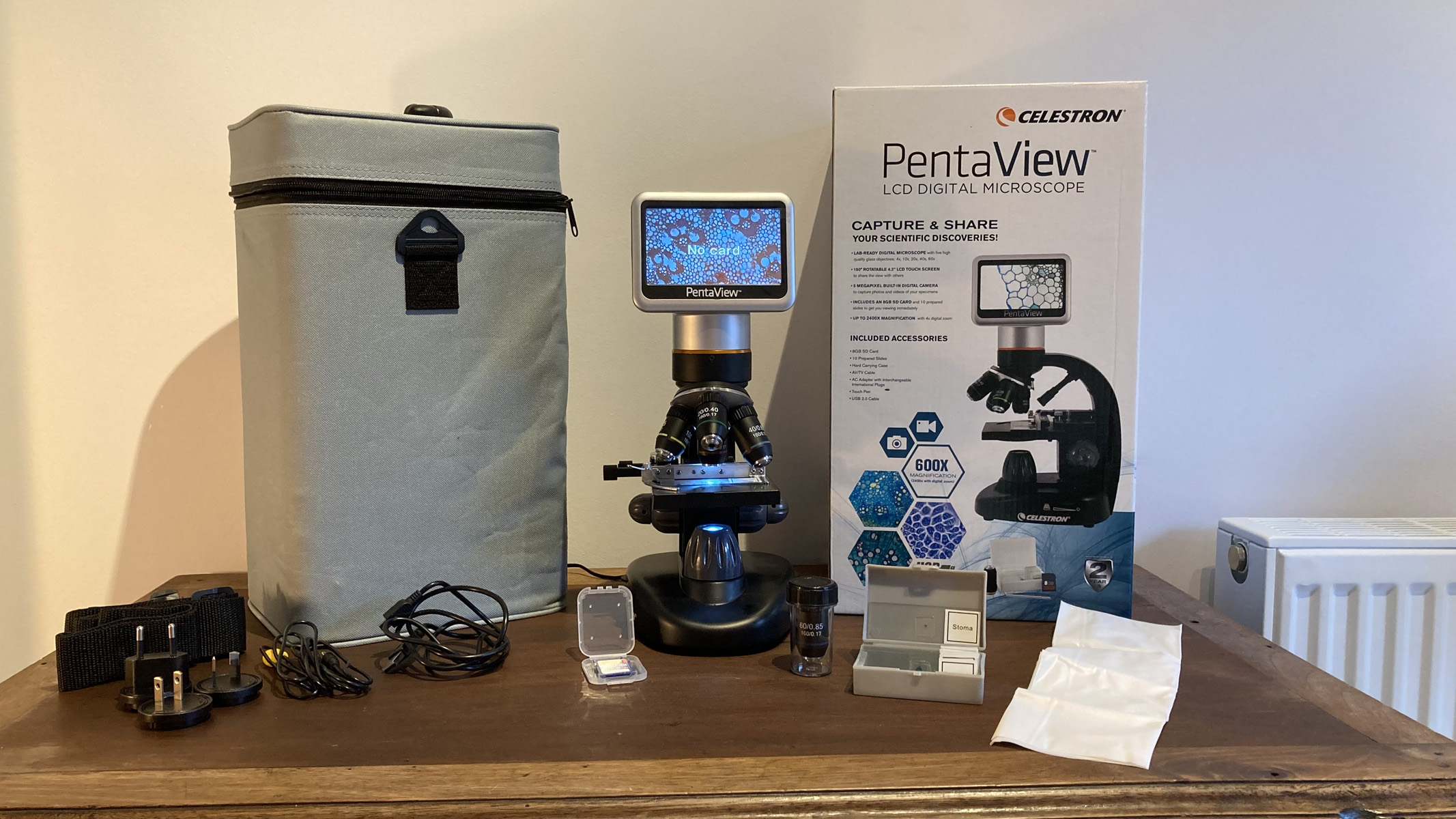Medicina, Vol. 60, Pages 1636: Arthroscopic Debridement Enhanced by Intra-Articular Antibiotic-Loaded Calcium Sulphate Beads for Septic Arthritis of a Native Knee Following Iatrogenic Joint Injection: A Case Report
Medicina doi: 10.3390/medicina60101636
Authors: Simone Alongi Elisa Troiano Cristina Latino Giovanni Battista Colasanti Tommaso Greco Carlo Perisano Massimiliano Mosca Stefano Giannotti Nicola Mondanelli
Septic arthritis (SA) represents an orthopedics urgency and mainly affects the knee joint. Due to its devastating effects on cartilage, immediate management is crucial. SA is characterized by an annual incidence of 2 to 10 cases per 100,000 individuals, with mortality rates fluctuating between 0.5% and 15%, with a substantially higher mortality rate observed in older people (15%) in contrast to younger cohorts (4%). The etiology of septic arthritis is multifactorial: a spectrum of Gram-positive and Gram-negative bacteria can contribute to the development of this condition, especially Staphylococcus aureus. The treatment involves urgent (arthroscopic or arthrotomic) debridement associated with adequate antibiotic therapy. Intra-articular antibiotic carriers can also be used to increase their local concentration and effectiveness. The case of a 67-year-old woman affected by knee SA from methicillin-susceptible S. aureus is presented. She was treated with an arthroscopic debridement enhanced by intra-articular antibiotic-loaded calcium sulphate beads, together with antibiotic therapy. At 2-year follow up, the infection had been eradicated and the patient fully recovered. This is the first description, to our knowledge, in the English literature, of the use of antibiotic-loaded calcium sulphate beads as an adjuvant in the surgical treatment of SA of a native knee joint.

 2 months ago
41
2 months ago
41


